The 18 October 1932 Leven Advertiser ran the headline above when reporting on the first A.G.M of the Largo Parish Community Council. One of the first priorities of the newly-formed community council was to make "foreshore improvements" at Lundin Links. While this stretch of coast already "enjoyed a remarkable measure of popularity", it was thought that there was "nothing to be gained by standing still" and that they ought to "launch out with a progressive scheme to foster the popularity".
Significantly, estate owner Sir John Gilmour had "shown both generosity and foresight in entrusting the Community Council with the development of the beach". The area in question was between Lundin Links Golf House and Mr Walter Horne's feu, (old pan house) south of the railway line. The aim was "to improve its amenity and hold it as a public recreation and pleasure ground". This was not to be a money making exercise but rather the right to sell refreshments would enable the costs of cleaning and maintenance of any new facilities to be covered.
The pre-1930s postcard view above was taken on the beach at Lundin Links in front of Massney Braes, looking towards Drummochy and beyond. The flat-roofed Crusoe Hotel can be seen to the right. In the centre (under the words Lundin Links) is the old salt pan house (later joiner's workshop). The sand dune and grassy brae on the left had yet to under go the improvements that the LPCC would carry out. The map below shows the approximate position from which the image was captured. Being a later date, the map shows the shelter built on the braes and the public toilets built at the top of the path going up to Drummochy Road past the pan house.
An early foreshore improvement was to make a proper path alongside the railway at the top of the area. The 17 October 1933 Leven Advertiser piece below tells us that this extended from the 'Creaky Gate' (also referred to as 'Squeaky Gate') at the point where the road crossed the railway at the top of Drummochy Road to the Iron Bridge. Work to stabilise the sand dunes by planting grass also took place. Above is the 27 June 1933 notice to contractors that appeared in the Leven Advertiser in relation to the work.
In addition to the path improvements, other early successes included renting out pitches to vendors selling refreshments such as ice-cream and lemonade and the erection of a shelter (built to a design by Charles Raeburn the LPCC's Secretary and Treasurer). Over time, a water supply and drinking fountain was also installed along with seats, litter baskets, a place for setting fires and noticeboards. The image below shows some of these facilities in place. The Largo Silver Band were allowed to continue to play at the site were they had long performed, being seen as an additional attraction.
The summer of 1933 saw 13 large picnic parties officially using the site as well as many other informal ones. This prompted the suggestion of the erection of more bathing shelters and even a swimming pond. The latter proposal (which evolved into a plan for a 140 x 50 feet bathing pool with children's paddling pool) got as far as raising a good amount of funding through subscriptions before being dropped due to higher than expected costs. The Dundee Evening Telegraph headline of 18 October 1936 below explains the details.
Another early idea had been the construction of public conveniences at the site. This took several years but eventually came to fruition. The image below shows the pan house (right) and the offices of Drum Lodge (centre) and the light-coloured public toilet building close to the road at the top of the track up from the beach. Recent photographs at the foot of this post show the site of the former toilet block, now overgrown with ferns.
The days of shelters, toilets, play equipment and ice cream vans at Massney Braes may have now gone but this remains a place where people can enjoy walking, sitting, accessing the beach and enjoying the views. Now a bit less managed and a bit more wild, rabbits, wildflowers and butterflies are among the wildlife making use of the space.
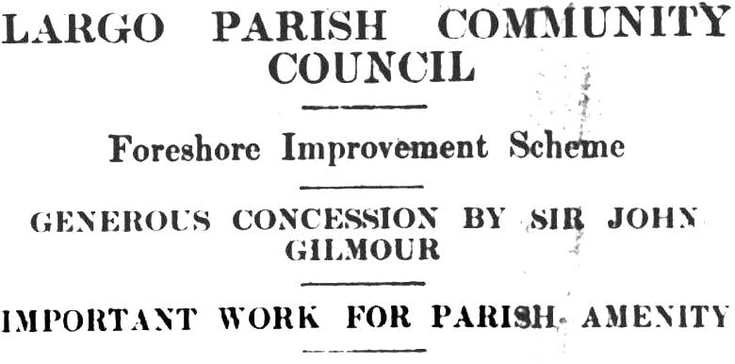
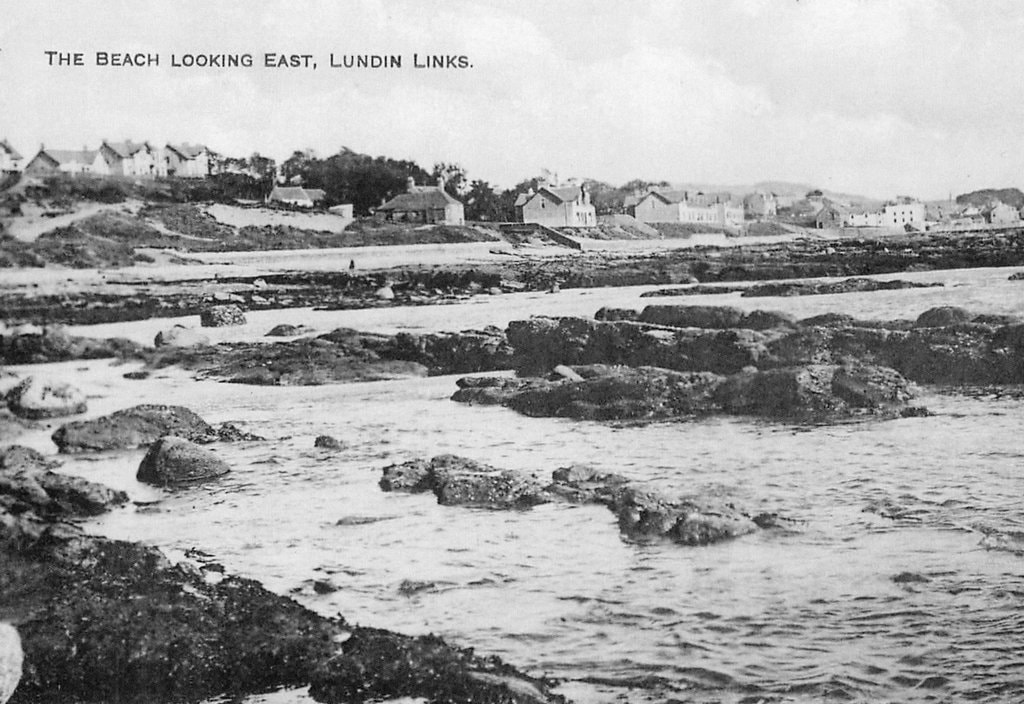
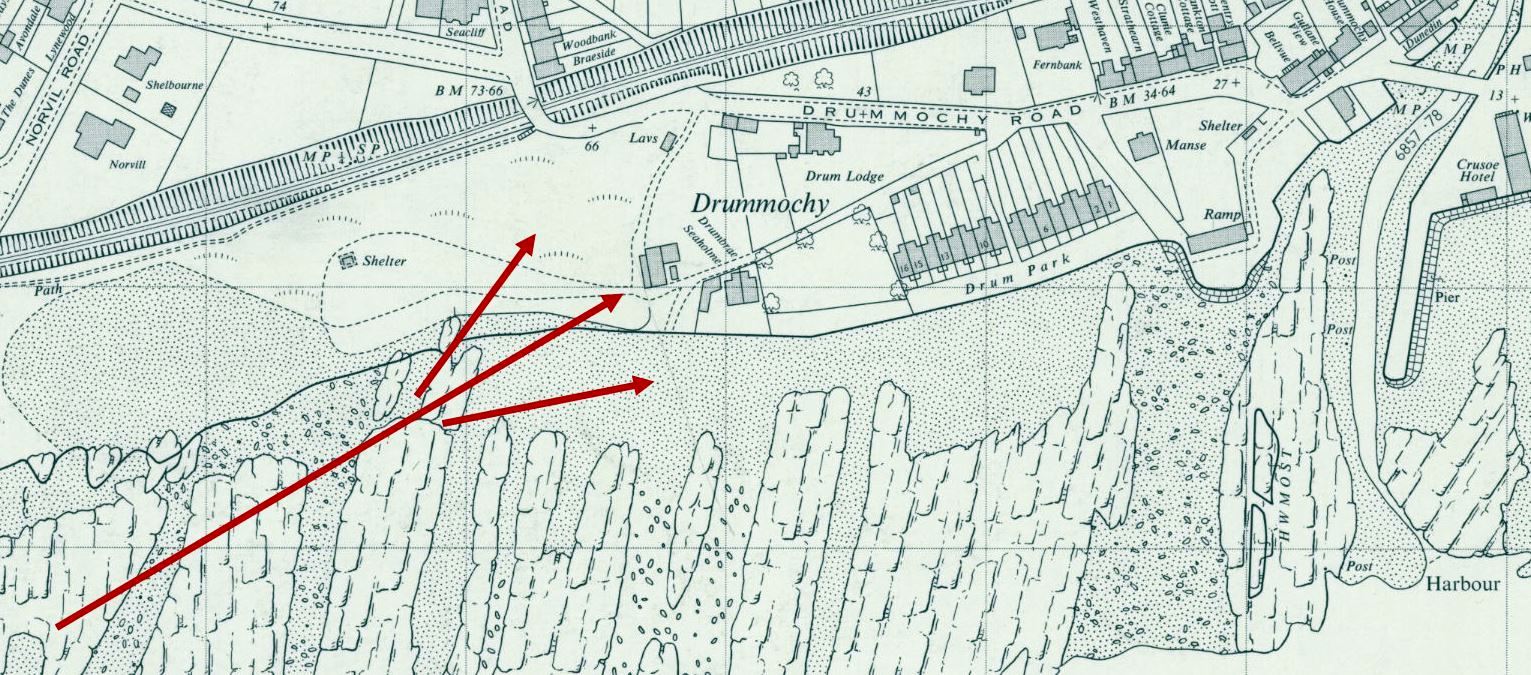
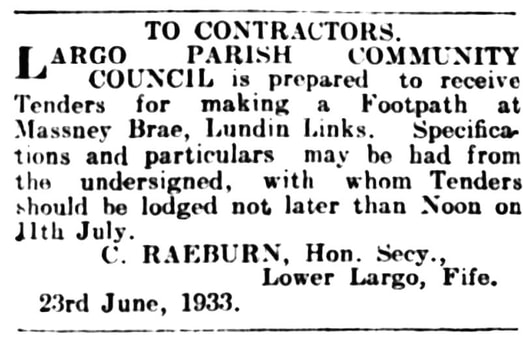
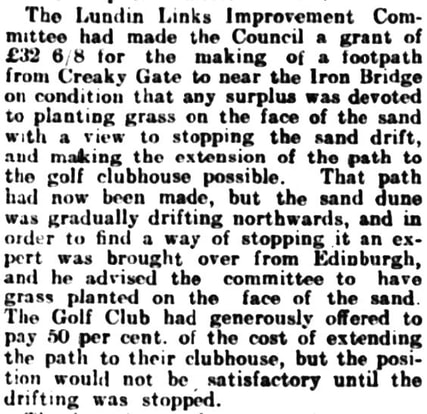
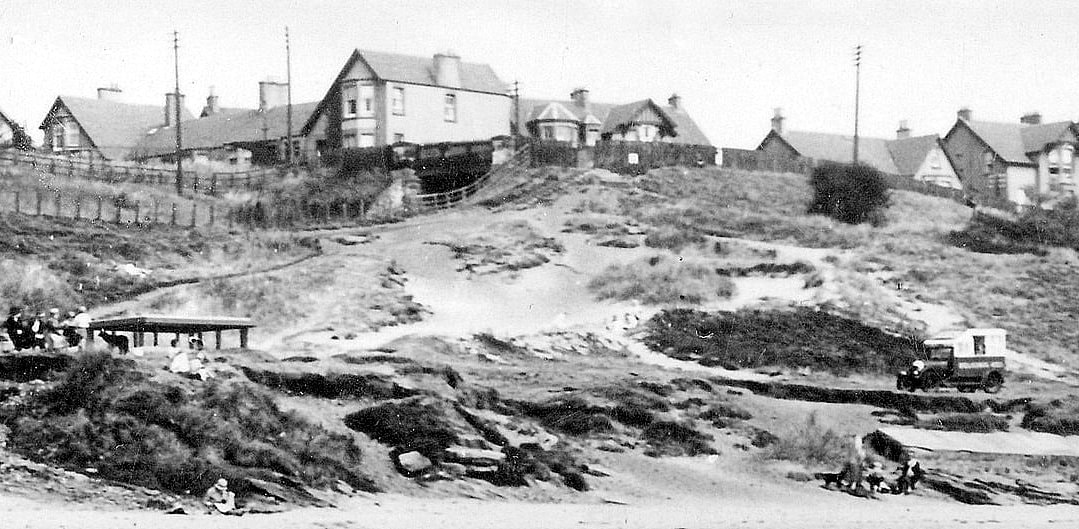
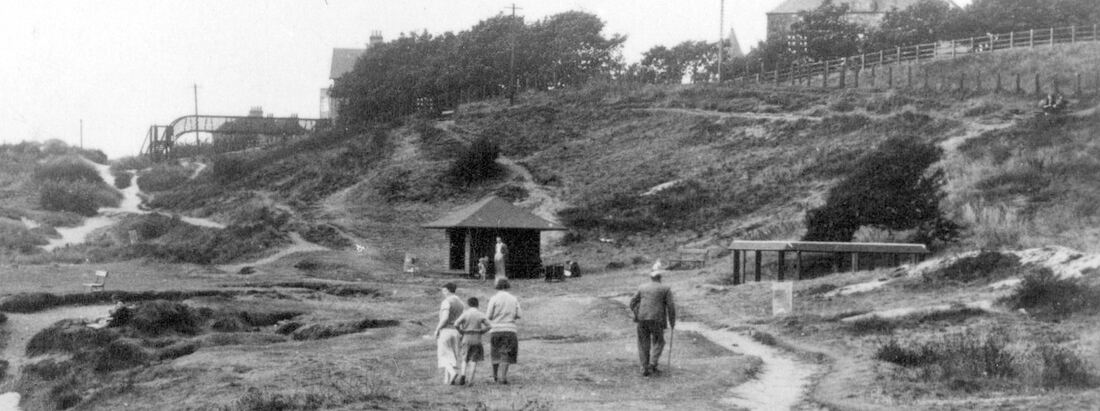
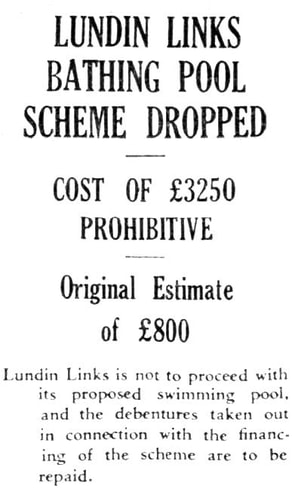
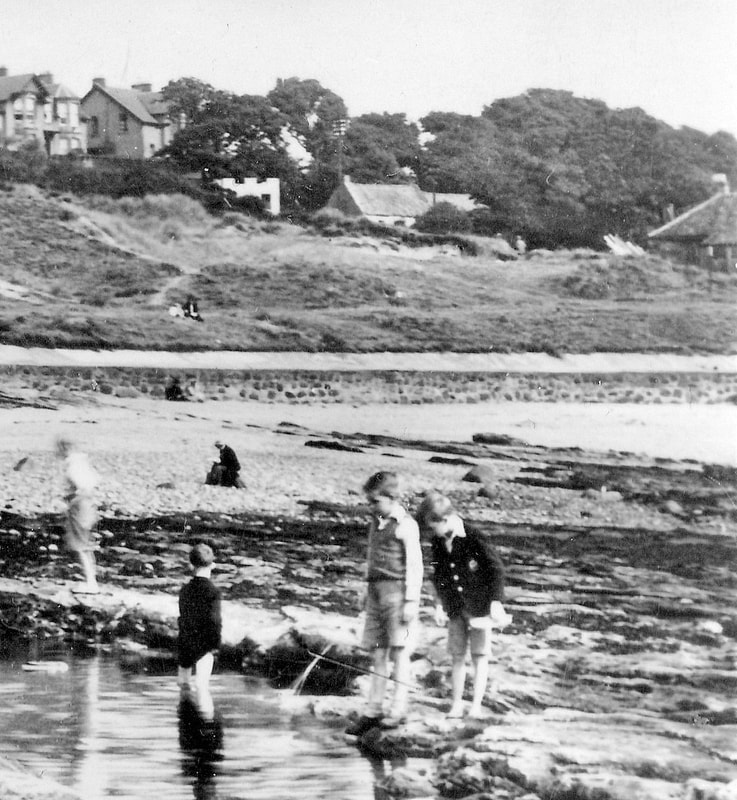

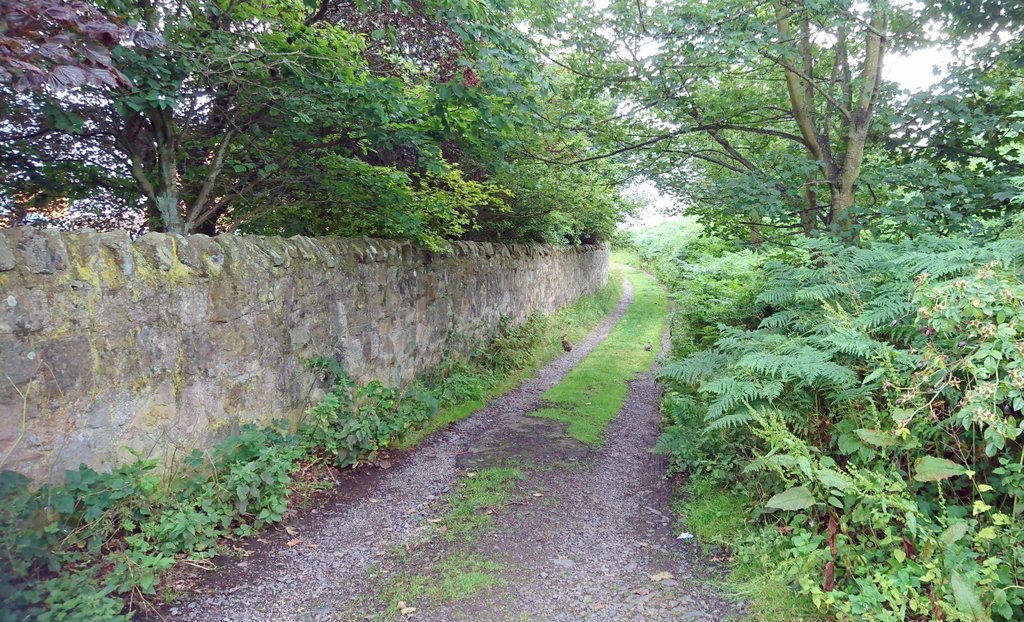
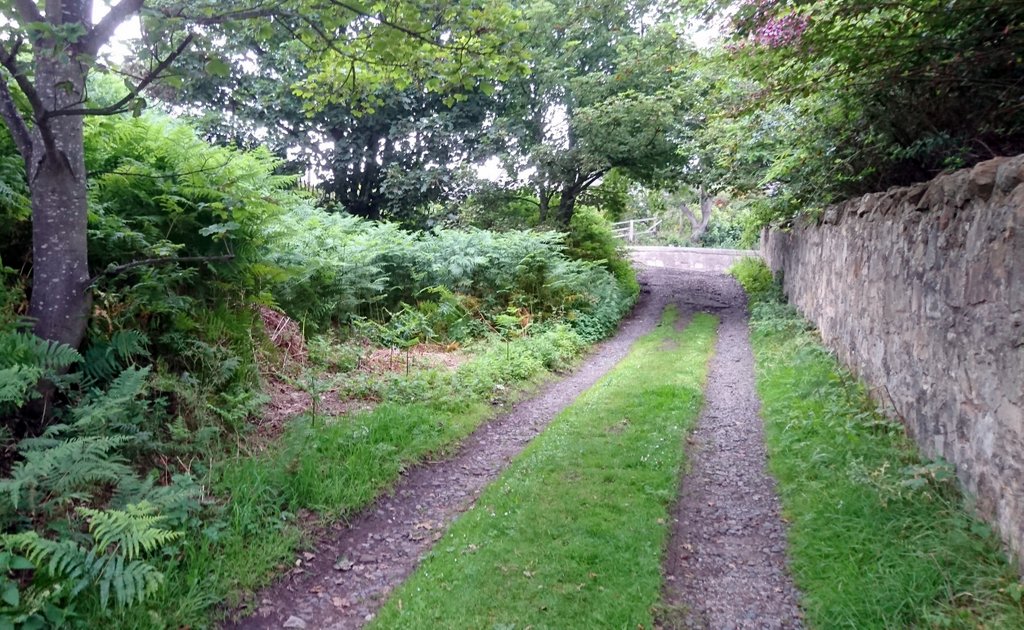
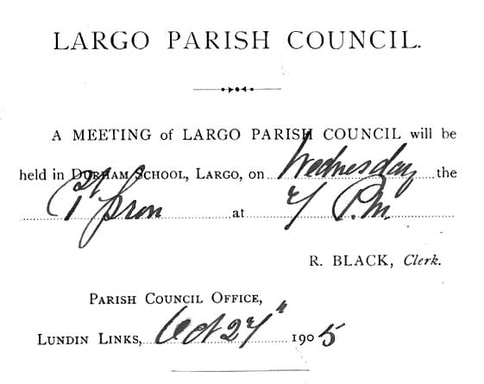



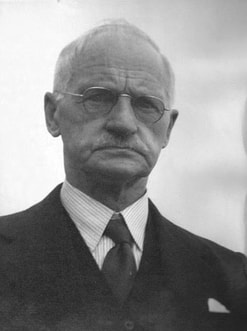
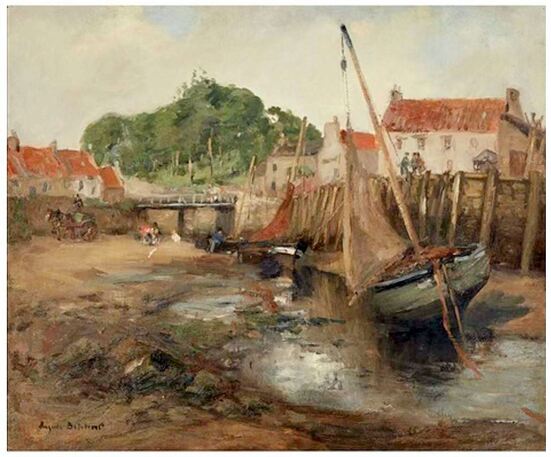

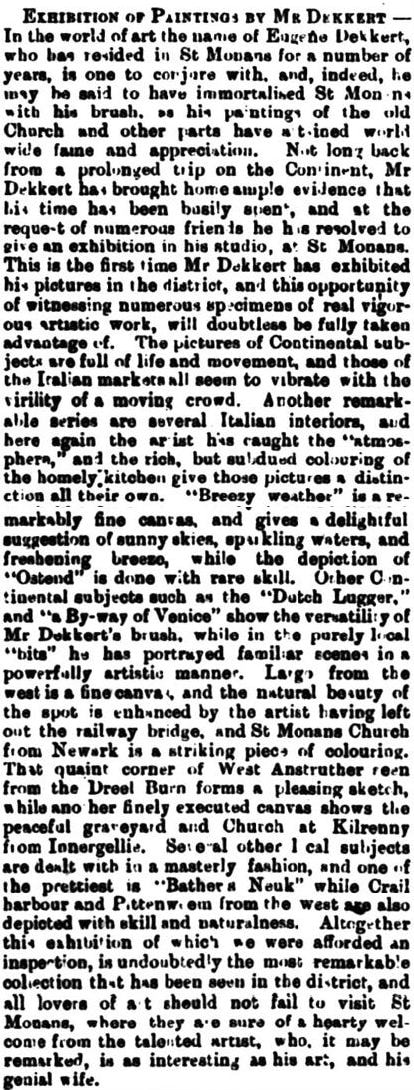

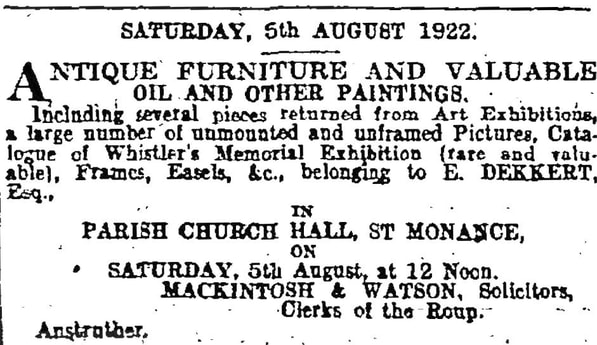
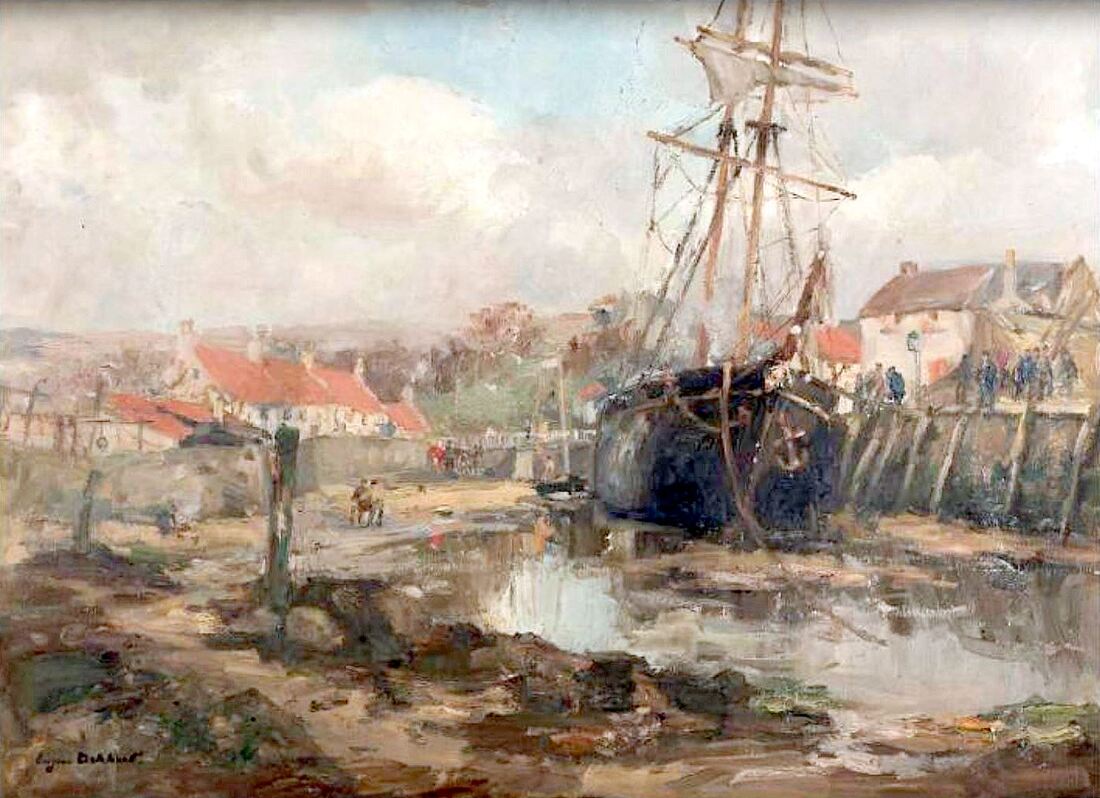


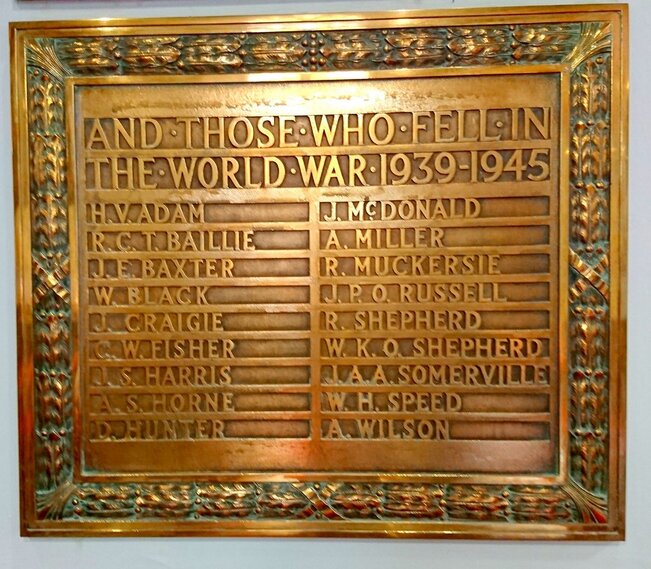
 RSS Feed
RSS Feed
